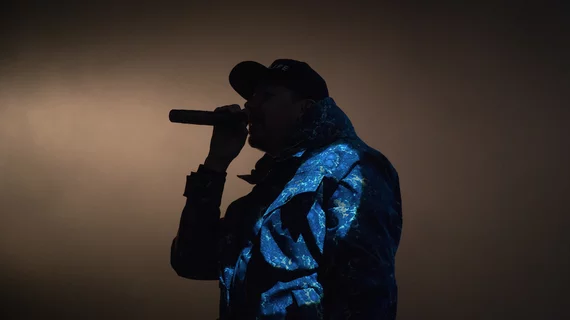Beatboxers, real-time MRI make a rhythmic duo
Beat boxers making different sounds with their tongues and mouths can not only be heard but seen in real-time thanks to MRI footage taken by researchers from the University of Southern California (USC).
The real-time MRI footage was recently presented at a joint meeting of the Acoustical Society of America and the Canadian Acoustical Association in Victoria, British Columbia, Canada on Nov. 7, according to a recent report by Popular Science.
The MRIs show different beat boxer’s tongues pulsating inside their mouths while making 30 different sounds, or what the researchers call a “voiceless glottalic egressive labial stop” or an “unreleased voiced glottalic ingressive velar stop”, according to the article.
The research team comprised of linguists, engineers and computer scientists had each beat boxer spend 30 to 90 minutes performing sounds they knew while an MRI recorded slices of their heads and mouths. They were also instructed not to move with the rhythm of the sounds at they were making, as it would produce low-quality images.
“[Beatboxers] are trying to create a new sound system,” lead author Shrikanth Narayanan, PhD, an engineer at USC, told Popular Science. “We just wanted to see the similarities and differences from a cognitive science perspective.”
See Popular Science’s entire article below.

